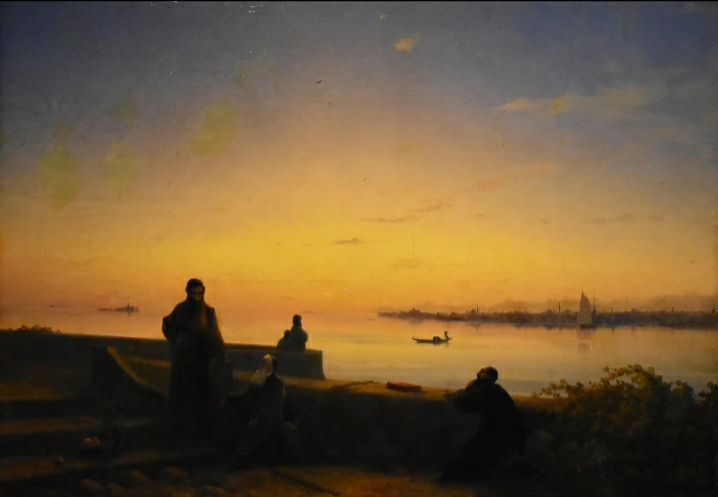Art
410 readers
62 users here now
THE Lemmy community for visual arts. Paintings, sculptures, photography, architecture are all welcome amongst others.
Rules:
- Follow instance rules.
- When possible, mention artist and title.
- AI posts must be tagged as such.
- Original works are absolutely welcome. Oc tag would be appreciated.
- Conversations about the arts are just as welcome.
- Posts must be fine arts and not furry drawings and fan art.
founded 2 weeks ago
MODERATORS
51
52
53
54
55
56
57
58
59
60
61
62
63
11
See How Manet and Morisot's Creative Friendship Influenced Their Artistic Styles
(www.smithsonianmag.com)
64
65
66
67
68
69
70
71
72
73
74
75



































